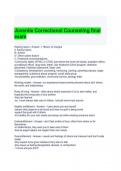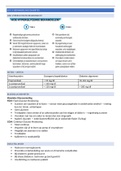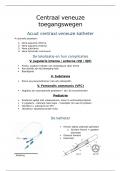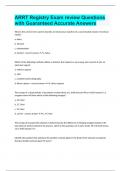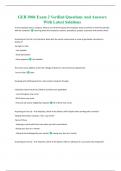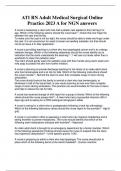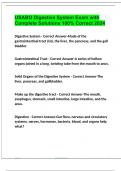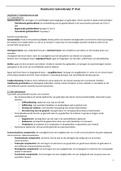Class notes
College aantekeningen Immunologie deel 2 (AB_470114) The Immune System
- Course
- Institution
- Book
Wil je immunologie snel en helder begrijpen? In dit tweede deel van mijn samenvatting vind je een overzicht van de basisprincipes van het immuunsysteem, inclusief de belangrijkste cellen, weefsels en de mechanismen achter immuunresponsen. Ideaal voor studenten die complexe concepten helder willen k...
[Show more]





